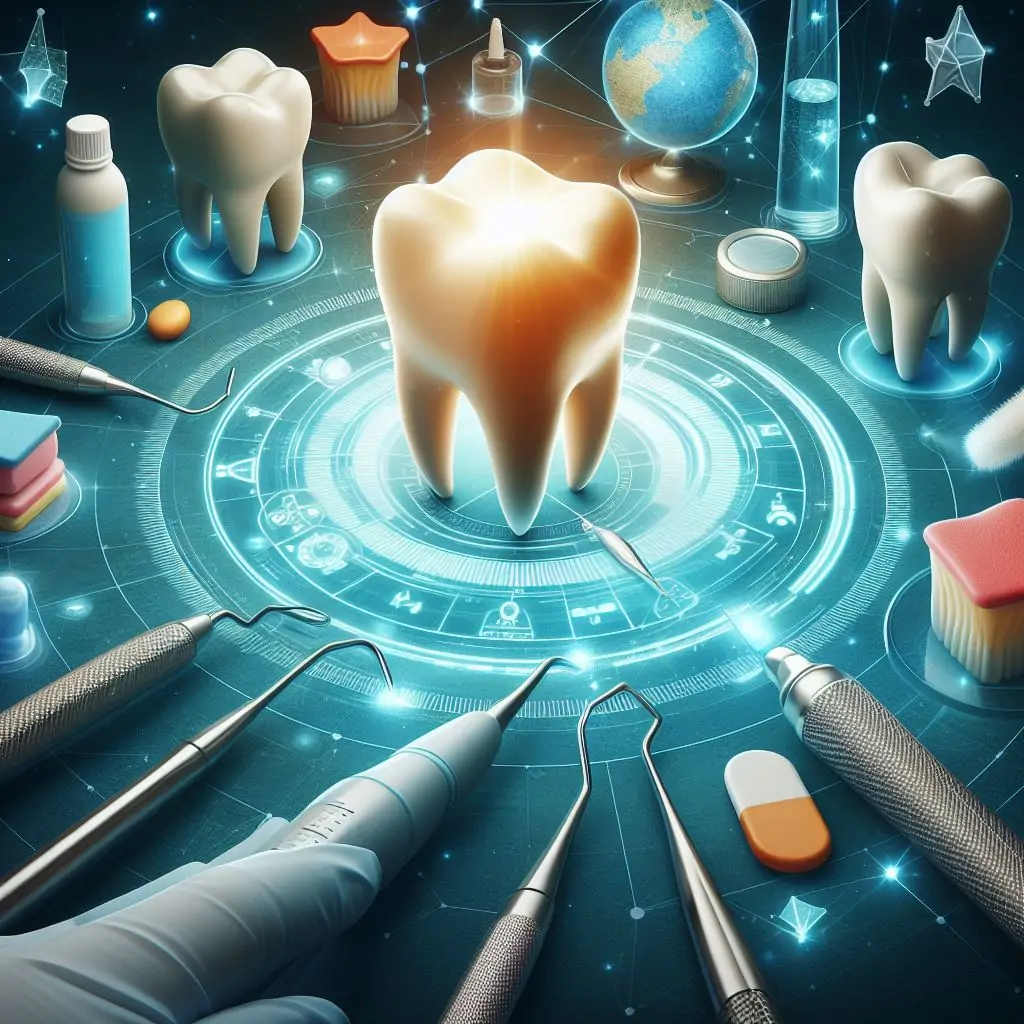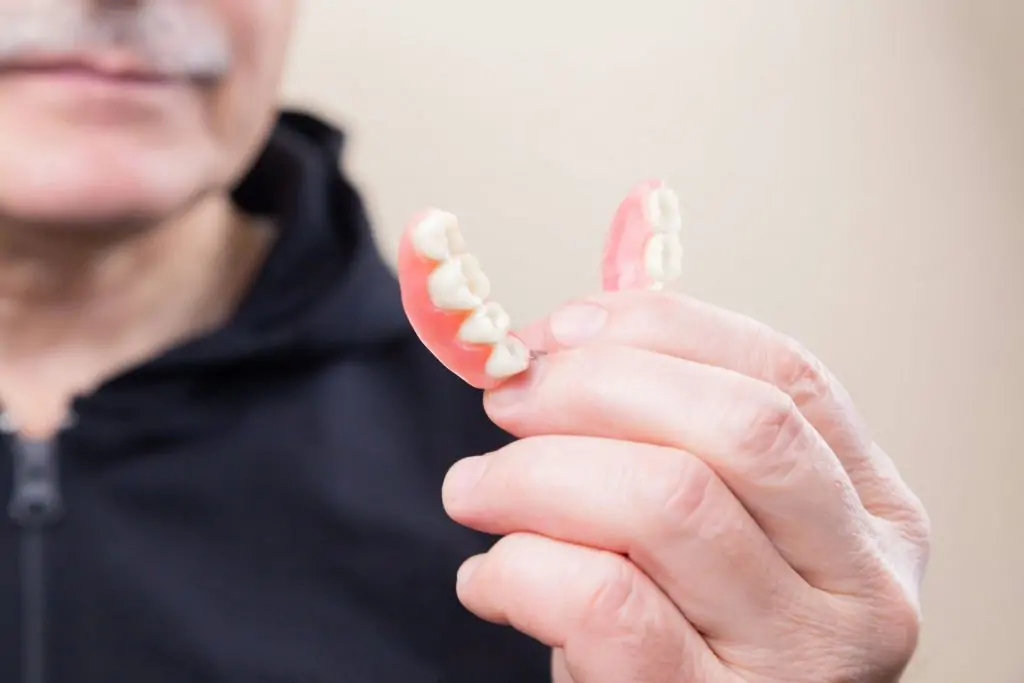
Good oral health is a cornerstone of overall well-being, and professional dental cleanings are pivotal in this realm. This detailed guide escorts you through the elaborate journey of a dental cleaning, unfolding each critical step and its significance in preserving oral health and contributing to your general health.
The Prelude to Cleaning: Initial Consultation and Exam
The journey to a healthier smile begins not with the cleaning but with a critical prelude – the initial consultation and examination. This initial phase is foundational, setting the tone for dental cleaning. It involves thoroughly reviewing the patient’s dental and medical history, pivotal in crafting a tailored approach to dental care. Understanding past procedures, current medications, and overall health conditions allows dental professionals to anticipate and mitigate any risks, ensuring a safe and effective cleaning experience.
The dentist or hygienist often conducts a preliminary oral examination during this stage. This exam is more than a cursory glance; it’s a detailed inspection of the entire oral cavity. Using tools like mouth mirrors, dental explorers, and periodontal probes, the dental professional assesses teeth, gums, and mouth health. They look for signs of decay, check the integrity of existing fillings or restorations, and evaluate the health of the gums. This examination also includes screening for oral cancer, a critical aspect often overlooked in routine health checks.
The importance of this phase extends beyond just preparing for a cleaning. It’s an opportunity for patients to discuss any concerns or symptoms they’ve been experiencing. Issues like tooth sensitivity, pain, or changes in oral health are addressed, providing vital clues that guide the subsequent cleaning process.
Additionally, the initial consultation sets the stage for patient education. Dental professionals can offer advice on improving oral hygiene practices and discuss the impact of lifestyle choices on oral health. This interaction is about gathering information and building rapport and trust between the patient and the dental team.
The prelude to cleaning – the initial consultation and examination – is a comprehensive process that ensures a personalized, safe, and effective dental cleaning experience. It’s a step that underscores the commitment to not just oral health but to the patient’s overall well-being.
The Battle Against Plaque and Tartar: Scaling
Scaling stands as the central aspect of the cleaning process. Here, dental hygienists engage in the meticulous task of removing plaque and tartar from the teeth surfaces. Plaque, a filmy layer of bacteria, and tartar, its hardened counterpart, are primary culprits in tooth decay and gum disease. This process involves a mix of manual scalers for precise areas and ultrasonic instruments for broader regions, ensuring a thorough cleansing. Scaling is not just about cleaning; it’s a preventive measure against periodontal diseases and is fundamental in maintaining the integrity of both teeth and gums.
Polishing: The Art of Smoothing and Shining
Post-scaling, teeth undergo polishing, an essential step in dental cleaning. This stage involves using a soft, rotating rubber cup and a special prophylactic paste. The goal is to remove surface stains and residual plaque, leaving the teeth clean but smooth and shiny. Polishing is more than an aesthetic procedure; it creates a smoother tooth surface, making it more challenging for plaque to adhere to and accumulate.
Interdental Cleaning: A Key Element in Oral Hygiene
Interdental cleaning, often overlooked in daily oral care routines, is crucial in maintaining oral health. This process involves cleaning the narrow spaces between teeth, areas where a toothbrush can’t always reach effectively. These interdental spaces are prime spots for plaque accumulation, leading to tooth decay and gum disease if improperly maintained.
During a professional dental cleaning, this aspect is given special attention. Dental hygienists use various tools, such as dental floss or interdental brushes, to meticulously clean these spaces. This removes trapped food particles and dislodges plaque, reducing the risk of cavities and gingivitis. Regular interdental cleaning is essential in preventing periodontal diseases, which can lead to tooth loss and other serious health complications.
Moreover, professional flossing during a dental visit allows the hygienist to identify any spots that bleed easily, which can be early signs of gum disease. This observation is crucial for early intervention and treatment. The dental professional can also provide personalized advice on the best interdental cleaning tools and techniques tailored to the patient’s specific needs, such as the appropriate size of interdental brushes or the correct flossing technique.
Incorporating interdental cleaning into daily oral hygiene practices is vital for comprehensive dental care. It complements regular brushing and professional cleanings, ensuring a thorough cleaning and optimal oral health.
Fluoride Treatment: The Shielding Touch
A fluoride treatment typically concludes the dental cleaning. This procedure involves applying a fluoride-rich gel or varnish onto the teeth, forming a protective barrier, and remineralizing the teeth. Fluoride treatment is a proactive step against tooth decay, fortifying the teeth against potential oral health issues.
Final Examination and Recommendations
The dental cleaning journey culminates with a comprehensive examination by the dentist. This final inspection involves checking for decay, signs of gum disease, and other oral health concerns. It also includes evaluating any changes since the last visit and providing tailored advice for oral care. This advice encompasses recommendations on brushing, flossing, dietary habits, and sometimes, suggestions for specific oral care products. This stage is critical in providing a personalized roadmap for optimal oral health.
Educating the Patient: Tips for At-Home Oral Care
Patient education is an integral part of the dental cleaning process. This includes imparting knowledge on effective at-home oral hygiene practices. Patients are educated about proper brushing techniques, the importance of regular flossing, selecting suitable oral care products, and understanding the impact of diet on oral health. This empowerment enables patients to actively participate in maintaining their dental health between professional cleanings.
Special Considerations and Advanced Procedures
In some instances, additional procedures may be recommended. Suppose signs of advanced gum disease or other oral health issues are detected. In that case, the dental professional might suggest more profound cleaning methods like scaling and root planing or more frequent professional cleanings. These advanced procedures are tailored for patients with specific dental health needs and are critical in managing more severe oral health issues.




